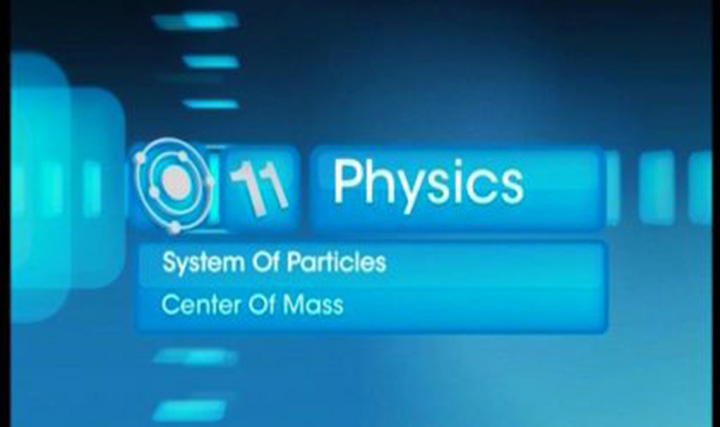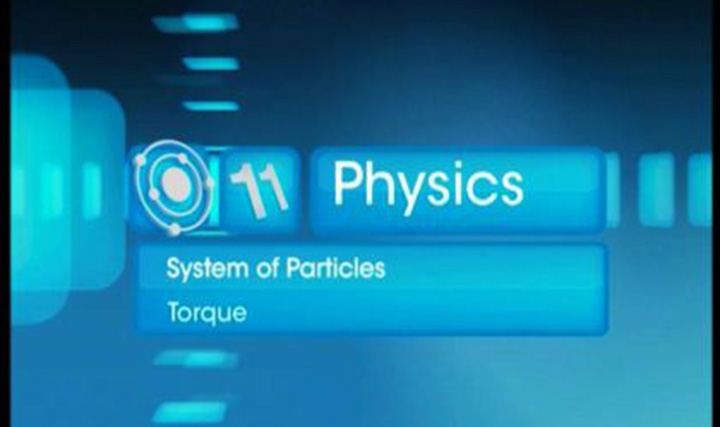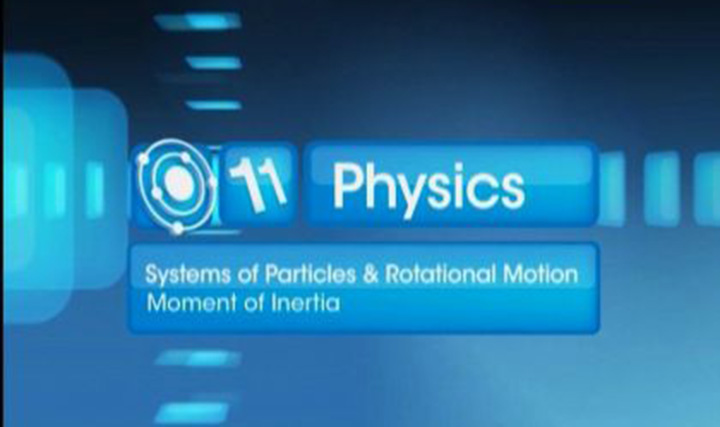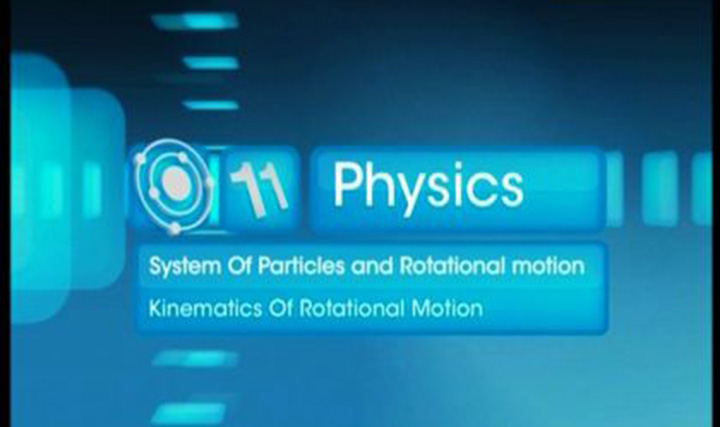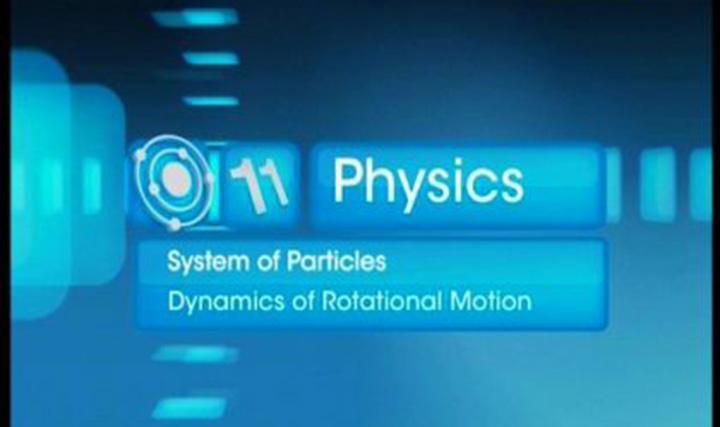CBSE Class 11-science - Rolling Motion Videos
Systems of Particles and Rotational Motion
This video explains that the rolling motion is the combination of translational and rotational motion, and the condition for rolling without slipping.
More videos from this chapter
View All- A child rolls down a bowling ball of 6 kg down the alley without slipping at a linear speed of 5m/s. Considering the moment of inertia as 1.5 x 10-2 kg m2 and radius as 0.23 m. Find the total energy.
- What percentage of total mechanical energy is translational when a spherical ball is rolled without sliding?
- The speed of a flywheel changes from 120 rpm to 300 rpm. Calculate moment of inertia of flywheel. If an energy of 500 J is spent in increasing its speed.
- The length of the second hand of a clock is 7 cm. Find the speed of the tip of the hand.
- There are two inclines on which two identical spheres A and B are made to roll and slide without rolling respectively. Which one will reach the bottom first?(Considering that the low of conservation of energy can be applied to this situation)
- What is the analogue for K.E. for rotational motion?
- Calculate the kinetic energy of a disc of mass 4kg and radius 40 cm rolling at 10 m/s.
- What is the relation between K.E. of a body and the moment of inertia when L is constant?
-
Find the coefficient of friction of a solid cylinder which rolls without slipping down an inclined plane with
 .
.
- Radius of gyration is a constant quantity.

